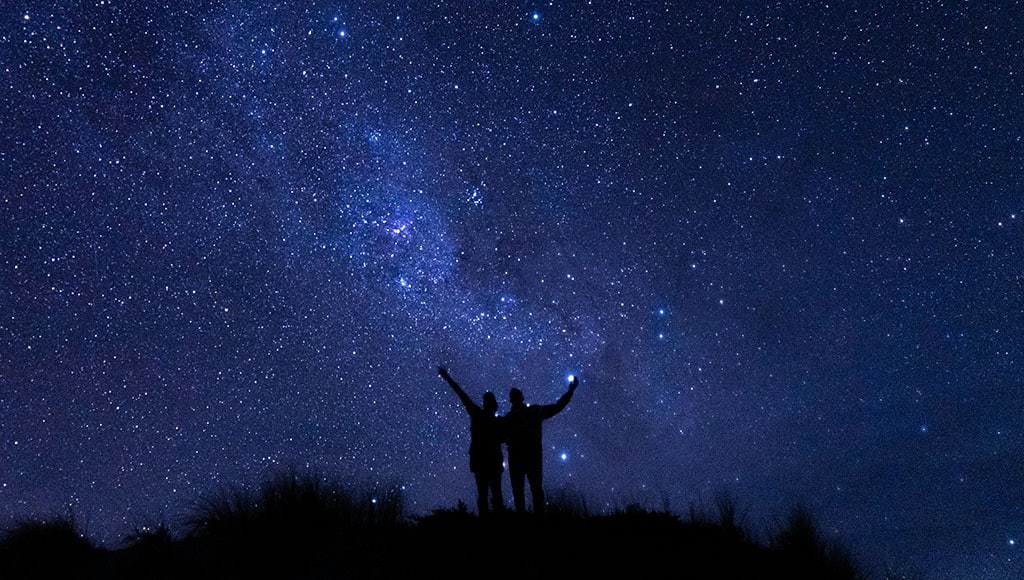Welcome to the July night sky. This is the month that may have some of the warmest nights in the northern hemisphere, and on July 6, planet Earth is at its aphelion point in its orbit, so it is at its furthest point away from the Sun, making our northern hemisphere summers not quite as hot as they could be.
Just before midnight in July, the ringed planet Saturn can be seen rising in the east in the constellation of Aquarius. You will have to wait until the early hours of the morning to see the red planet Mars and the gas planet Uranus rising over in the east.
An hour later, the gas giant planet Jupiter will be rising also over in the east, in the constellation of Taurus and close to the beautiful star group of the Pleiades, or the Seven Sisters.
On the nights of the 1st and the 2nd, the crescent Moon will be close to the three planets Jupiter, Uranus and Mars. In the early morning of the 3rd, the very thin crescent Moon is also close to Jupiter. On the nights of July 14 and 15, the red planet Mars and the gas planet Uranus are in close conjunction with the star group of the Pleiades.
The elusive planet Mercury is visible this month, just after sunset, low in the east northeast in the constellation of Leo. This planet is never far from the Sun and is not easy to see. It would appear in binoculars as a faint, pinkish coloured star.
There are only two major meteor showers this month and both are during the last week of July. The first is the Alpha-Capricornids and the other is the Delta-Aquarids. These are not very bright showers with only 10 falling stars per hour if you are lucky.
The month of July sees the summer Milky-Way well visible in the evenings. The centre part of our galaxy is visible low to the south as seen from our latitudes in the northern hemisphere. The dense star clusters are to be seen in this direction and are in the constellations of Scorpios and Sagittarius.
In this area, many thousands of faint stars can be seen using a small telescope or binoculars. The actual centre of our galaxy is in the constellation of Sagittarius, and it contains a massive blackhole that is thankfully far enough away not to be visible in a small telescope.
The Moon is new on the 5th, first quarter on the 13th, full on the 21st and last quarter on July 28.
By Clive Jackson
|| features@algarveresident.com
Clive Jackson is the director of the Camera Obscura – Tavira EYE attraction, located near the Castle of Tavira. Specialising in education and public outreach.
281 322 527 | info@torredetavira.com www.torredetavira.com
To see the July Sky Map click on the pdf link below




















